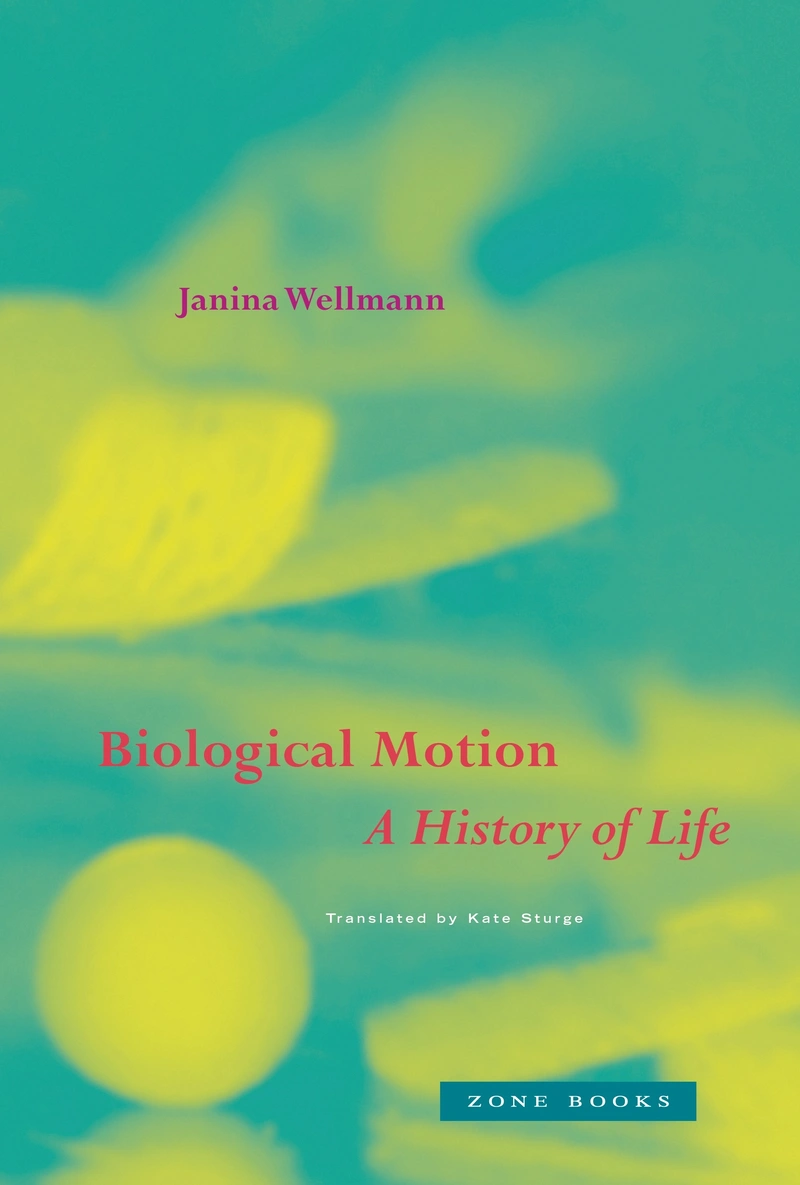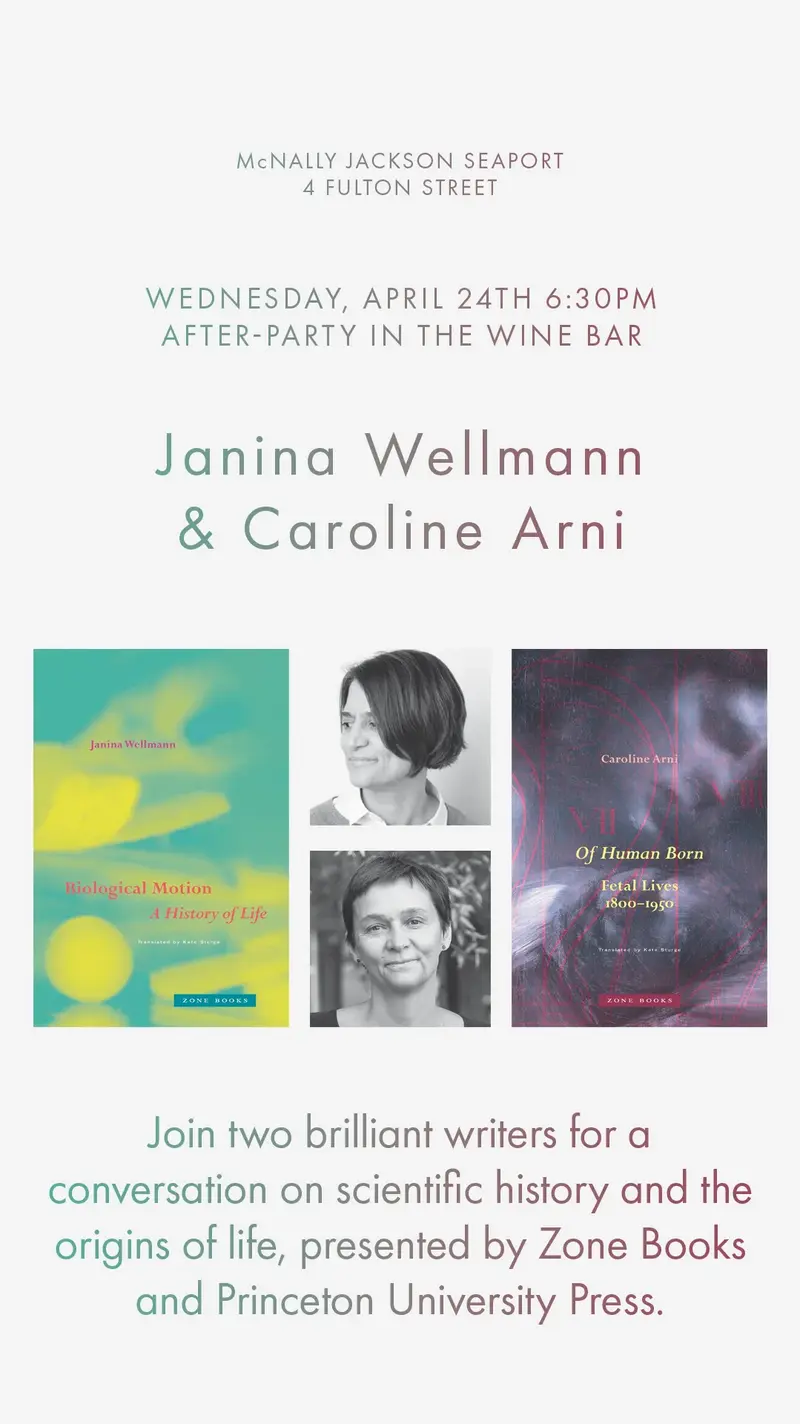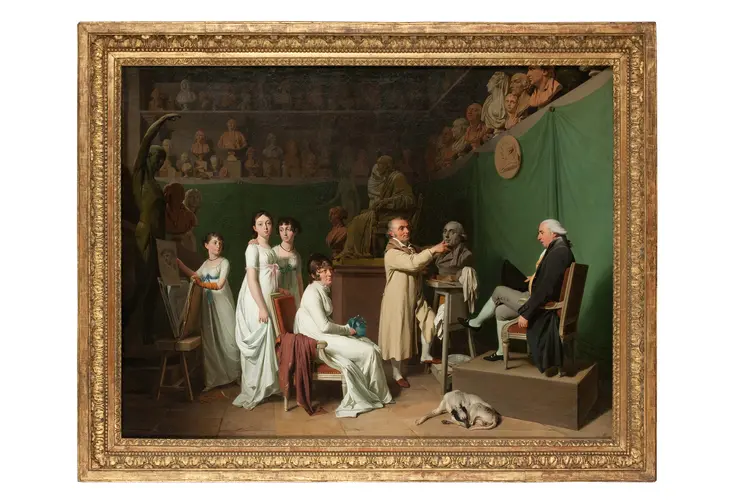Dr. Janina Wellmann
janina.wellmann@uni-erfurt.deTMWWDG Fellow (Gotha Research Centre)
Visiting address
Forschungszentrum Gotha der Universität Erfurt (FZG)
Schloßberg 2
99867 Gotha
Mailing address
Forschungszentrum Gotha der Universität Erfurt (FZG)
Schloßberg 2
99867 Gotha
CV
Oct 2022– Visiting Scholar, Max Planck Institute for the History of Science, Berlin
May 2022 Harris Distinguished Visiting Professor, Dartmouth, NH
April 2022– Privatdozentin Technische Universität Berlin
2017–2018 Harvard Radcliffe Institute, Fellowship
2013–2014 Wissenschaftskolleg zu Berlin, Fellowship
2013–2022 Founding Juniordirektor and Researcher, DFG-Kollegforschungsgruppe “Media Cultures of Computer Simulation,” Leuphana Universität Lüneburg
2010–2012 Associate Fellow, Cohn Institute for the History and Philosophy of Science and Ideas, Tel Aviv University, Israel
Project
Au-delà de l’art et de l’Europe. Houdon in Gotha: Science, Manufacture, Networks
Arguably, Jean-Antoine Houdon (1741-1828) is one of the greatest sculptors of the eighteenth-century. But it is not Houdon’s artistic achievements which form the core of this project. Rather, the project carves out new environments, networks and global spaces of artistic, artisanal and scientific entanglement in the Enlightenment based on the practices and materialities of (re)production.
Starting at the German courts and its francophile princes, in particular Houdon’s relationships at Gotha, the project interrogates the material objects to learn about the manifold milieus and networks of their making and worldwide circulation. It investigates, for example, the (re)production of Houdon’s sculptors in marble, terracotta or paper-mâché, which tells us much about the interconnectedness of art, craftmanship and manufacture, and explores the production of value and meaning in the diverse spaces of production (from workshops to manufacture), placement and exhibition (in courts, gardens, or public spaces). It discusses the relationship of artists, artisans, and scientists in joint training and separate milieus and institutions, and follows the international commission and circulation of works, their intermediaries, routes and means of transportation.
Focusing on the practices, materialities and three-dimensionality of object-making, the project sheds a new light on enlightened global knowledge production at the intersection of art and commerce, individual and society, and aesthetic and scientific appropriation of the world as embodied in all three dimensions of space.
Abbildung:
Louis-Léopold Boilly: L'atelier de Houdon (um 1804). Paris, musée des Arts décoratifs. © Les Arts Décoratifs/Jean Tholance.
Publications
Books
2024. Biological Motion. A History of Life. New York: Zone Books.
2017. The Form of Becoming. Embryology and the Epistemology of Rhythm, 1760-1830. New York: Zone Books (revised translation of Die Form des Werdens).
2010. Die Form des Werdens. Eine Kulturgeschichte der Embryologie, 1760-1830. Göttingen: Wallstein.
Edited Volumes
2019. (with Arianna Borrelli): Simulated Knowledge in Science, Technology and Society. NTM 27/4.
2018. Computer Simulation in the Life Sciences. History and Philosophy of the Life Sciences 40/1.
2011. Cinematography, Seriality, and the Sciences. Science in Context 24/3.
Articles, peer-reviewed
2023. Life Sciences, Contemporary. In: James M. Mattingly (ed.), The SAGE Encyclopedia of Theory in Science, Technology, Engineering, and Mathematics. Washington: Sage Publishing.
2023. Metamorphosis in Images. Insect Transformation from the End of the Seventeenth to the Beginning of the Nineteenth Century. In: Gemma Anderson, John Dupré (eds.), Drawing Processes of Life. Bristol, Chicago: Intellect Press.
2021. History of Embryology: Visualizations through Series and Animation. In: David McCallum (ed.), The Palgrave Handbook of the History of Human Sciences. Singapore: Springer, 259-290. https://doi.org/10.1007/978-981-15-4106-3_22-1
2019. (with Arianna Borrelli): Computer Simulations Then and Now: An Introduction and Historical Reassessment. NTM 27/4. https://doi.org/10.1007/s00048-019-00227-6
2018. Model and Movement. Studying Cell Movement in Early Morphogenesis, 1900 to the Present. History and Philosophy of the Life Sciences 40:59. doi.org /10.1007/s40656-018-0223-0
2018. Gluing Life Together. Computer Simulation in the Life Sciences: An Introduction. History and Philosophy of the Life Sciences 40:70. doi.org /10.1007/s40656-018-0235-9
2018. Bewegung an der Wand. Zur Aufführung von Organismen mit dem Sonnenmikroskop. Bildwelten des Wissens. Kunsthistorisches Jahrbuch für Bildkritik 14, 10-20.
Reprint: Nicola Gess, Agnes Hoffmann, Annette Kappeler (eds.), Praktiken lebendiger Darstellung in Literatur, Kunst und Wissenschaft um 1800. Paderborn: Fink 2019, 229-245.
2017. Listening to the Body Moving. Auscultation, Sound and Music around 1800. Journal of Sonic Studies 13. www.researchcatalogue.net/view/323592/323593/0/0
2017. Animating Embryos. The In Toto Representation of Life. The British Journal for the History of Science 50/3, 521-535.
https://doi.org/10.1017/S0007087417000656
2015. Folding into Being. Early Embryology and the Epistemology of Rhythm. History and Philosophy of the Life Sciences 37/1, 17-33. https://doi.org/10.1007/s40656-014-0052-8
2013. “Mit eben so viel Kunst als Wahrheit.” Die Entwicklung der Schmeißfliege im Bild bei Johann David Moritz Herold. Bildwelten des Wissens. Kunsthistorisches Jahrbuch für Bildkritik 9.2, 61-66.
2011. Science and Cinema: An Introduction. Science in Context 24/3, 311-328.
https://doi.org/10.1017/S0269889711000135
2008. Die Metamorphose der Bilder. Die Verwandlung der Insekten und ihre Darstellung vom Ende des 17. bis zum Anfang des 19. Jahrhunderts. NTM Zeitschrift für Geschichte der Wissenschaften, Technik und Medizin 2, 183-211.
2003. Caspar Friedrich Wolff. eLS Encyclopedia of Life Sciences.
2003. Wie das Formlose Formen schafft. Bilder in der Haller-Wolff-Debatte und die Anfänge der Embryologie um 1800. Bildwelten des Wissens. Kunsthistorisches Jahrbuch für Bildkritik 1.2, 105-115.
2000. Pariser Wallfahrten: Deutsch-französischer Wissenschaftstransfer am Beispiel Lorenz Okens und Etienne Geoffroy Saint-Hilaires. Francia 27/3, 25-48.
Book chapters
2019. Seduced by Form or Flow? Etienne-Jules Marey’s Experiments on Air Flow Dynamics. Wind Tunnel Bulletin, Zürcher Hochschule der Künste, N° 9 (June 2019): Das Experiment im Zeitalter seiner technischen Reproduzierbarkeit, 278-279.
2019. Natur als Ereignis in den modernen Lebenswissenschaften. In: Robert Felfe, Maurice Sass (eds.), Naturalismen. Kunst, Ästhetik, Wissenschaft. Berlin, Boston: De Gruyter, 205-213.
2017. Plastilin und Kreisel, Pinsel und Projektor. Julius Ries und die Materialität der seriellen Anschauung. In: Gerhard Scholtz (ed.), Serie und Serialität. Konzepte und Analysen in Gestaltung und Wissenschaft. Berlin: Reimer, 77-93.
2016. Paul Klee: Ich-Du-Erde-Welt. In: Nikola Doll, Horst Bredekamp, Wolfgang Schäffner (eds.), +ultra. Gestaltung schafft Wissen. Leipzig: E.A. Seemann, 138.
2016. Karl Ernst von Baers Ontogenetische Reihe. In: Nikola Doll, Horst Bredekamp, Wolfgang Schäffner (eds.), +ultra. Gestaltung schafft Wissen. Leipzig: E.A. Seemann, 154.
2013. Eine “höhere Form der Erkenntnis:” Körper, Rhythmus und Emotion um 1800. In: Claudia Jarzebowski, Anne Kwaschik (eds.), Performing Emotions. Interdisziplinäre Perspektiven auf das Verhältnis von Politik und Emotionen in der Frühen Neuzeit und in der Moderne. Göttingen: Vandenhoeck & Ruprecht unipress, 187-213.
2011. Periplaneta americana (L.). Eine Naturgeschichte für das 21. Jahrhundert. Hommage à / Zu Ehren von / In Honor of Hans-Jörg Rheinberger. Berlin: Max-Planck-Institut für Wissenschaftsgeschichte, 120-132.
2008. Keine Ikone der Entwicklung. Die Icones embryonum humanorum von Samuel Thomas Soemmerring. In: Ulrich Johannes Schneider (ed.), Kulturen des Wissens im 18. Jahrhundert. Berlin, New York: De Gruyter, 585-594.
2008. Hand und Leib, Arbeiten und Üben. Instruktionsgraphiken der Bewegung im 17. und 18. Jahrhundert. In: Rebekka von Mallinckrodt (ed.), Bewegtes Leben – Körpertechniken in der Frühen Neuzeit. Wolfenbüttel: Herzog-August-Bibliothek, 15-38.
2008. Hand und Leib, Arbeiten und Üben – Katalog. In: Rebekka von Mallinckrodt (ed.), Bewegtes Leben –Körpertechniken in der Frühen Neuzeit. Wolfenbüttel: Herzog-August-Bibliothek, 249-259.
2007. Rhythmus. Eine neue Figur des Wissens in Poetik und Biologie um 1800. In: Caroline Welsh, Stefan Willer (eds.), Interesse für bedingtes Wissen. Wechselbeziehungen zwischen den Wissenschaften. München: Fink, 89-107.
2007. Quand l´informe crée des formes. Le rythme et l´organisation du vivant, de 1760 à 1830. Bulletin d´Information de la Mission Historique Française en Allemagne 43, 166-172.
2002. Ei, Larve, Imago. Die Metamorphose der Insekten und das Problem der Zeit. MPIWG Preprint 226, 125-145.




